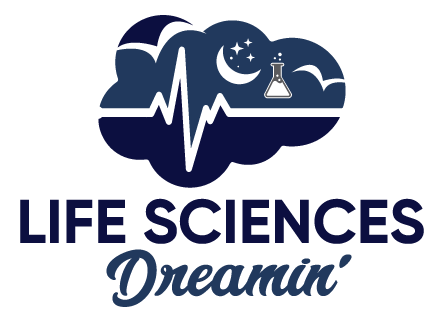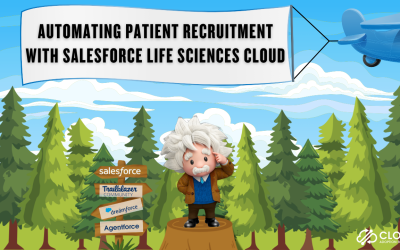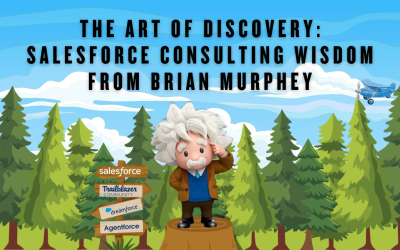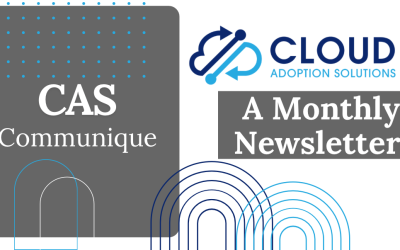A Self-help Guide to Digital Adoption
When considering user adoption of technology, three things should be considered:
- Adult Learners: who will adopt the tech?
- Diffusion of Innovations: how will they adopt the tech?
- Change Management: what steps will ensure the tech will be adopted?
As you’re planning your digital adoption approach, you should consider equal parts STRATEGY and IMPLEMENTATION.
First, you need to consider the basics of the digital adoption Golden Triangle for your organization: the people, the process, and the technology. Based on Professor Harold Leavitt’s theory, the Golden Triangle approach must be understood and defined prior to your digital adoption rollout.
THE PEOPLE: Who are the ultimate end users of the technology? Where do they work? How will they use the system? What groups of people will be adjacent to the system or receive outputs from it?
THE PROCESS: Current business processes should be evaluated prior to technology implementation. Should the processes be modernized? Are they still reflective of what your users will do after the technology is implemented? Have you considered how the process will change and how the users will learn about that?
THE TECHNOLOGY: What is the core technology? What other applications will integrate with the new technology? What digital adoption applications will help to ease the change management approach with the new technology?
After you’ve captured these concepts, it’s time to consider the theories that make up digital adoption for your users.
ADULT LEARNERS
Adult Learner Theory was proposed by Malcolm Knowles in 1968. Knowles was an American educator who popularized the term “andragogy” when discussing the art and science of adult education.
Knowles’ theory make 5 assumptions about how adults learn differently from
children. Adults – your users – bring these specific focal points as an audience:
1.Self-Concept
2.Adult learner Experience
3.Readiness to Learn
4.Orientation to Learning
5. Motivation to Learn
When you’re considering digital adoption for your users, think through those five focal points to ensure you’re covering their needs. Digital adoption isn’t as simple as “implement and launch.” How can you be sure that the experience will meet the needs of your users?
DIFFUSION of INNOVATIONS
The diffusion of innovations theory – how a concept spreads in a group or organization – was proposed by Everett Rogers in 1962. The technology that you need your users to adopt will be strengthened by encouraging the users to be open-minded and ready to accept the technology as part of their daily process.
There are five categories of users in this model:
- Innovators
- Early adopters
- Early majority
- Late majority
- Laggards
How can you gather a groundswell of support to drive digital adoption? Consider early beta testers as part of your team to help more of the organization see the benefits from before “go live.” Discover bugs early during user acceptance testing to understand where your users may run into roadblocks that will frustrate their use case. Are there other tools that you can use to drive early adoption and diffusion of the new technology approach?
CHANGE MANAGEMENT
One of the biggest challenges in a technology launch or refresh is managing the change during the implementation phase and beyond. Unlike that popular baseball movie, no new technology in the workplace will be met with success if you just build it and hope that they come.
There are ways that you can influence early digital adoption by using change management theories. One is to gain “quick wins” by being able to state small use cases and successes – which you communicate to the entire org – to develop credibility and curiosity for the new technology. Another is to follow the Lewin approach to change management; with three simple steps, you can drive digital adoption by first “unfreezing” the old habit, then making the change, then “freezing” the new habit with continuous follow-through and check-ins.
Best of luck with your technology approach and in gaining digital adoption from your users!
As seen on: https://www.improvedapps.com/wp-content/uploads/Self-Help-Guide-to-Digital-Adoption.pdf





